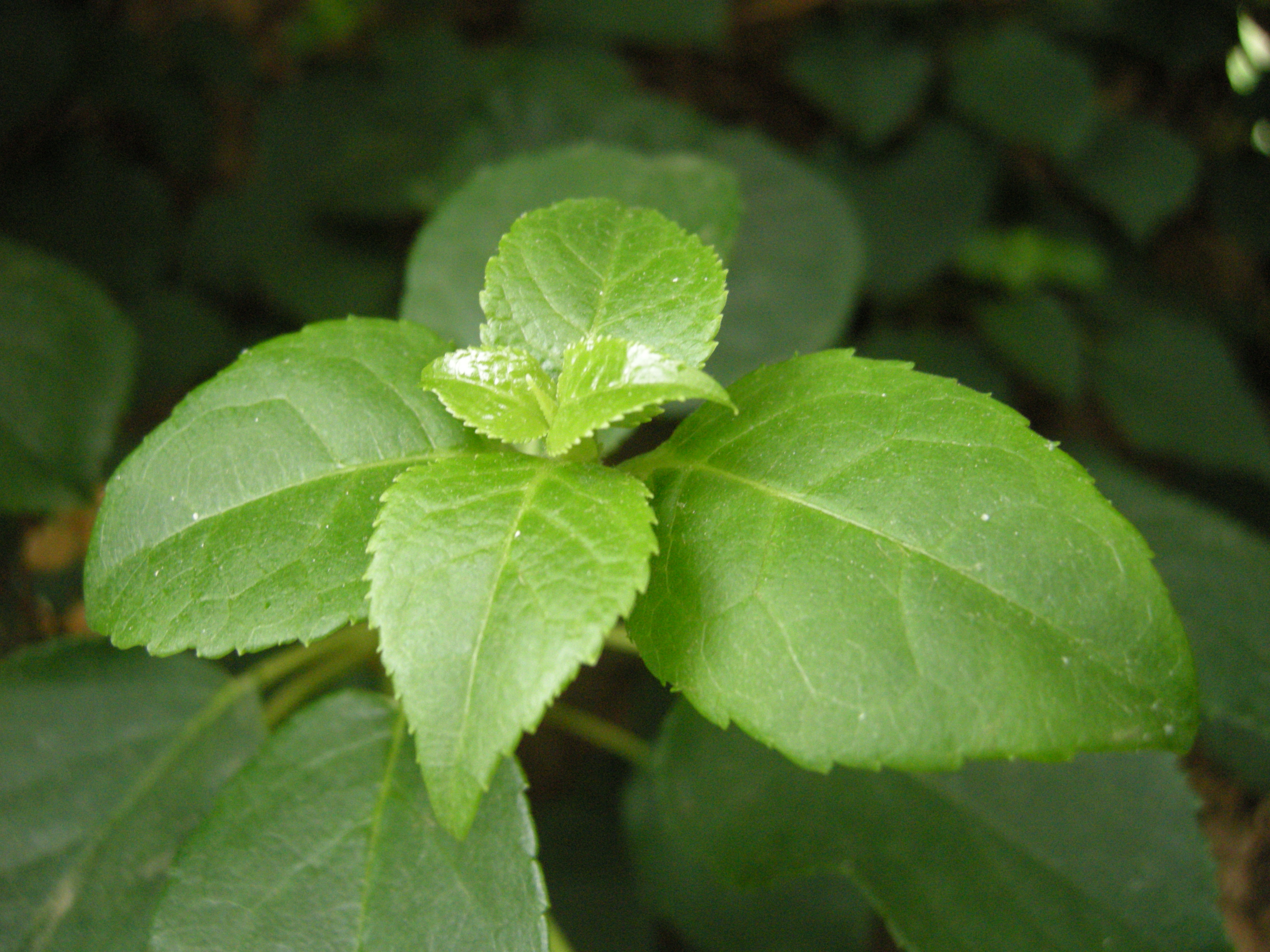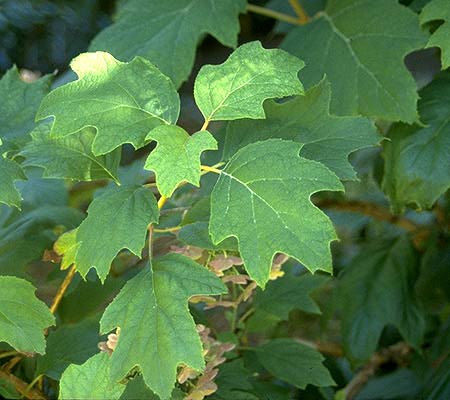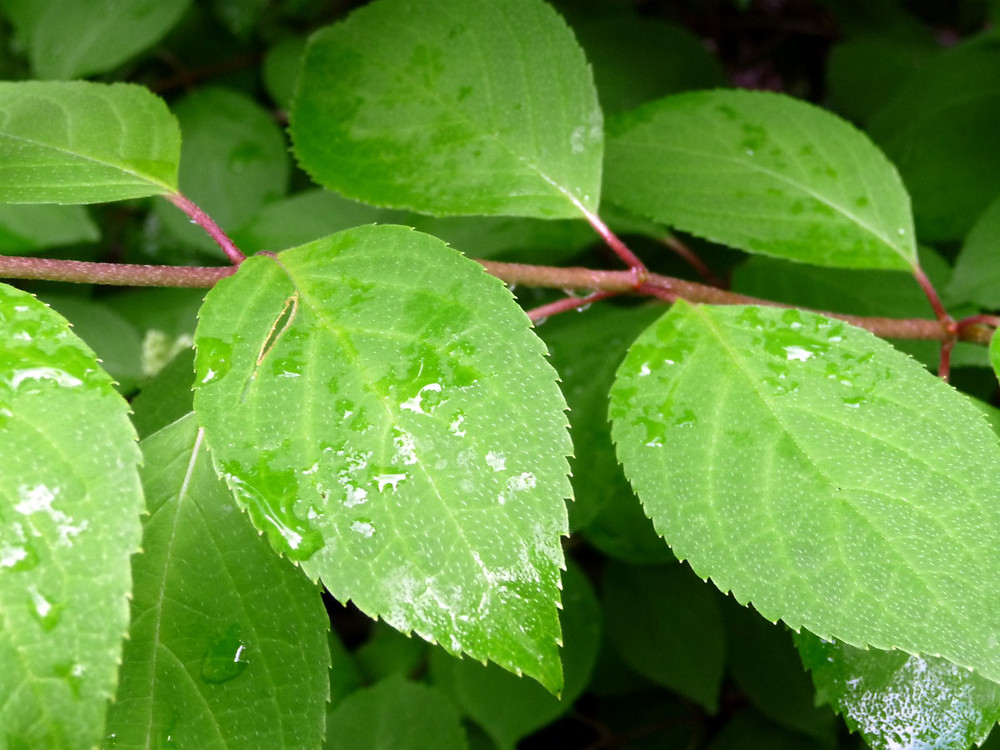How To Start Hydrangea Leaves From Cuttings
Introduction
Hydrangeas are beautiful flowering shrubs that can be grown in a variety of climates. They are also relatively easy to propagate from cuttings, which means you can easily grow more hydrangeas from your existing plants.
In this blog post, I will show you how to start hydrangea leaves from cuttings. This is a relatively simple process, but there are a few things you need to do to ensure success.
Main Content
Step 1: Choose the right time to take cuttings.
The best time to take hydrangea cuttings is in the spring or early summer, when the plant is actively growing. Avoid taking cuttings in the fall or winter, as the plant will be less likely to root.
Step 2: Select healthy cuttings.
When choosing cuttings, look for healthy, green stems that are about 4-6 inches long. The stems should have at least two or three leaf nodes, which are the small bumps on the stem where leaves attach.
Step 3: Remove the leaves from the bottom half of the cutting.
Leaves on the bottom half of the cutting will only compete with the roots for water and nutrients, so they should be removed. You can leave the top two or three leaves intact.
Step 4: Dip the cutting in rooting hormone.
Rooting hormone is a powder or gel that helps cuttings root faster. You can find rooting hormone at most garden centers. Dip the bottom of the cutting in rooting hormone, making sure to coat all the cut edges.
Step 5: Plant the cutting in a pot.
Fill a pot with a well-draining potting mix. Make a hole in the potting mix that is just deep enough to fit the cutting. Plant the cutting in the hole, being careful not to bury the leaf nodes.
Step 6: Water the cutting and place it in a warm, sunny spot.
Water the cutting thoroughly and place it in a warm, sunny spot. The ideal temperature for rooting hydrangea cuttings is 65-75 degrees Fahrenheit.
Step 7: Mist the cutting regularly.
The cutting will need to be kept moist but not soggy. Mist the cutting regularly with a spray bottle to keep the potting mix moist.
Step 8: Be patient.
It can take several weeks for hydrangea cuttings to root. Be patient and don't give up! Once the cuttings have rooted, you can transplant them into a larger pot or in the garden.
Conclusion
Starting hydrangea leaves from cuttings is a great way to propagate these beautiful plants. With a little patience and care, you can easily grow more hydrangeas from your existing plants.
Hydrangea leaves are a beautiful and fascinating part of this popular flowering shrub. They are large, opposite, and simple, with a serrated margin and a pointed tip. The leaf color can vary depending on the variety of hydrangea, but most are green in the summer and turn shades of red, orange, or yellow in the fall.
If you're interested in learning more about hydrangea leaves, I recommend visiting the website . This website has a wealth of information about hydrangeas, including detailed descriptions of the different leaf types. You can also find images of hydrangea leaves, as well as information on how to care for hydrangeas and how to propagate them from leaf cuttings.
FAQ of hydrangea leaf
FAQs about Hydrangea Leaves
1. Why are my hydrangea leaves turning yellow?
There are a few reasons why your hydrangea leaves might be turning yellow. The most common reason is a lack of iron. Hydrangeas need iron to produce chlorophyll, which is the green pigment that gives leaves their color. If your soil is alkaline, it can lock up the iron, making it unavailable to the plant. You can correct this by adding chelated iron to the soil.
Another reason why hydrangea leaves might turn yellow is a lack of water. Hydrangeas need regular watering, especially during hot, dry weather. If your plants aren't getting enough water, their leaves will start to turn yellow.
Finally, hydrangea leaves can turn yellow if they're infected with a disease, such as anthracnose. Anthracnose is a fungal disease that can cause brown or black spots on leaves. If you think your hydrangeas might have anthracnose, you can treat them with a fungicide.
2. Why are my hydrangea leaves wilting?
Hydrangea leaves will wilt if they're not getting enough water. Make sure to water your hydrangeas regularly, especially during hot, dry weather. You should also water deeply, so that the water reaches the roots.
Wilting can also be caused by a lack of sunlight. Hydrangeas need at least 6 hours of sunlight per day. If your plants are in too much shade, they'll start to wilt.
Finally, wilting can be caused by a disease or pest infestation. If you think your hydrangeas might be wilting due to a disease or pest, you should inspect them carefully. If you see any signs of disease or pests, you can treat them with a fungicide or pesticide.
3. Why are my hydrangea leaves falling off?
Hydrangea leaves will fall off naturally as the plant goes dormant in the fall. However, if your hydrangea leaves are falling off prematurely, there are a few possible reasons.
One reason is a lack of water. If your hydrangeas aren't getting enough water, their leaves will start to fall off.
Another reason is a lack of nutrients. Hydrangeas need a regular supply of nutrients, especially nitrogen and phosphorus. If your plants aren't getting enough nutrients, their leaves will start to fall off.
Finally, hydrangea leaves can fall off if they're infected with a disease or pest. If you think your hydrangeas might have a disease or pest, you should inspect them carefully. If you see any signs of disease or pests, you can treat them with a fungicide or pesticide.
4. Why are my hydrangea leaves spotted?
Spotted leaves are a common problem in hydrangeas. There are a few different things that can cause spotted leaves, including:
- Aphids: Aphids are small, sap-sucking insects that can cause leaves to turn yellow or spotted. You can treat aphids with insecticidal soap or neem oil.
- Oedema: Oedema is a condition that causes leaves to swell and become spotted. Oedema is usually caused by overwatering. To prevent oedema, water your hydrangeas deeply, but less often.
- Leaf spot: Leaf spot is a fungal disease that can cause leaves to turn yellow or spotted. You can treat leaf spot with a fungicide.
5. How do I make my hydrangea leaves bigger?
There are a few things you can do to make your hydrangea leaves bigger. First, make sure your plants are getting enough water and nutrients. Hydrangeas need a regular supply of water and nutrients, especially nitrogen and phosphorus.
Second, plant your hydrangeas in full sun. Hydrangeas need at least 6 hours of sunlight per day to produce big leaves.
Finally, you can fertilize your hydrangeas with a high-nitrogen fertilizer in the spring. This will help to encourage the growth of big, healthy leaves.
Image of hydrangea leaf
Here are 5 different images of "hydrangea leaf" from Pinterest:
- Hydrangea macrophylla leaf. This is the most common type of hydrangea leaf. It is large and heart-shaped, with a serrated edge. The color of the leaf can vary depending on the variety of hydrangea, but it is typically green.

- Hydrangea serrata leaf. This type of hydrangea leaf is smaller and more oval than Hydrangea macrophylla leaf. It also has a serrated edge, but the teeth are more pronounced. The color of the leaf is typically green, but it can also be variegated.
- Hydrangea petiolaris leaf. This type of hydrangea leaf is evergreen and has a leathery texture. It is oval-shaped with a pointed tip. The color of the leaf is typically dark green.

- Hydrangea quercifolia leaf. This type of hydrangea leaf is large and lobed, resembling the leaves of an oak tree. The color of the leaf is typically green, but it can also be variegated.

- Hydrangea paniculata leaf. This type of hydrangea leaf is lanceolate, with a pointed tip and serrated edges. The color of the leaf is typically green, but it can also be variegated.


Post a Comment for "How To Start Hydrangea Leaves From Cuttings"